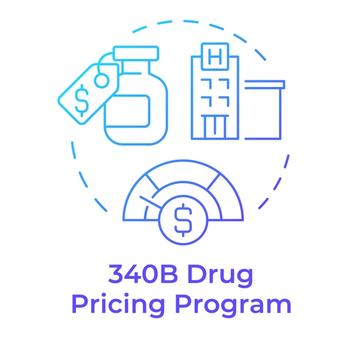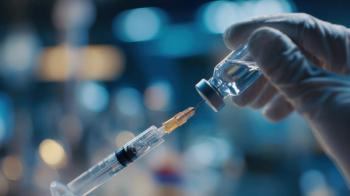
Study: Medicare Part D Enrollees’ Spending for Insulin Increased
If insulin copays were capped at $35, Part D enrollees would save 29% on average, according to new analysis from Kaiser Family Foundation.
Out-of-pocket spending by people with Medicare Part D for insulin products quadrupled between 2007 to 2019, while the number enrollees using insulin doubled, according to an updated
There is some good news, however. Between 2018 and 2019, aggregate out-of-pocket spending on insulin fell by 9%. This, KFF analysts said, reflects lower spending per prescription, as well as increased availability and use of lower-cost insulins.
Among insulin users without Part D low-income subsidies, average annual out-of-pocket spending on insulin per user increased by 60% between 2007 and 2019, from $324 to $520, but spending in 2019 was down 11% from 2018. Among these beneficiaries, 10% spent more than $1,200 on insulin in 2019 and 1% spent close to $2,100.
Among all insulin products available in 2019, average out-of-pocket costs per prescription across all insulin products was $49 in 2019, an increase of 28% since 2007, but a reduction of 13% from the average out-of-pocket cost per insulin prescription in 2018. (See Figure below.)
If insulin copays were capped at $35, Part D enrollees without subsidies would save 29% on average, based on spending of $49 per prescription in 2019, according to KFF.
Newsletter
Get the latest industry news, event updates, and more from Managed healthcare Executive.




















































